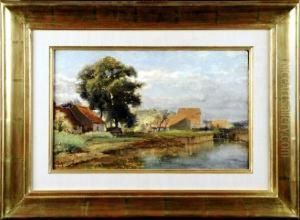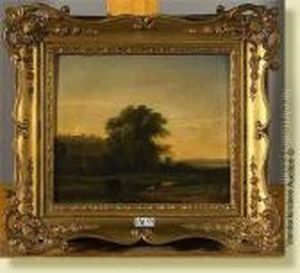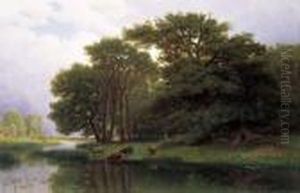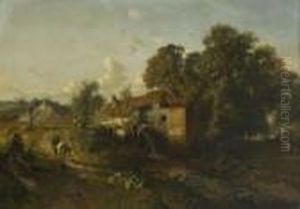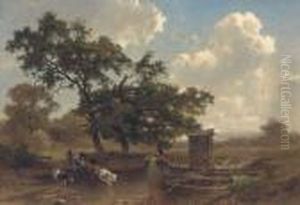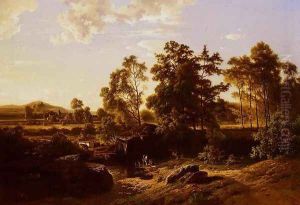Joseph Quinaux Paintings
Joseph Quinaux was a Belgian landscape painter born on November 24, 1822, in Namur, Belgium. He was known for his romantic and picturesque depiction of the Belgian and European countryside, which was a popular subject during the 19th century. Quinaux received his initial art education at the Academy of Fine Arts in his hometown of Namur. He later continued his studies in Brussels under the guidance of the landscape painter François-Joseph Navez, who was a proponent of the neoclassical style.
Quinaux's work was heavily influenced by the romantic movement, which was characterized by an emphasis on emotion, nature, and the sublime. His paintings often featured dramatic skies, tranquil rivers, and lush forests. He was particularly adept at capturing the changing effects of light and atmosphere, which added a layer of mood and emotion to his landscapes.
Throughout his career, Quinaux exhibited his work at various salons and exhibitions, both in Belgium and abroad. He was well-received by critics and the public alike, and his paintings were sought after by collectors. Quinaux's dedication to the romantic landscape tradition made him a significant figure among Belgian landscape painters of the 19th century.
Joseph Quinaux's legacy is preserved in the collections of several museums, where his works continue to be admired for their beauty and technical skill. He passed away on September 23, 1895, leaving behind a body of work that continues to be celebrated for its contribution to the Belgian romantic landscape genre.
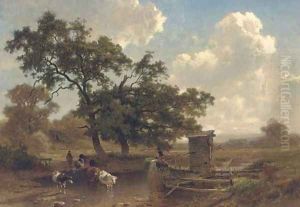
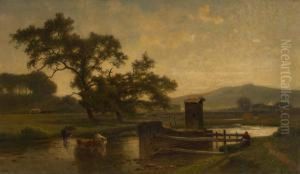
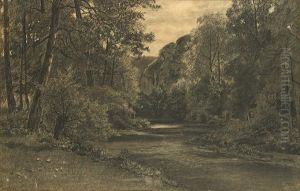
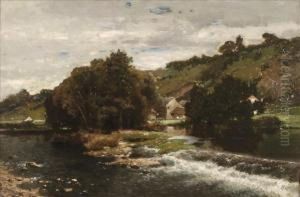
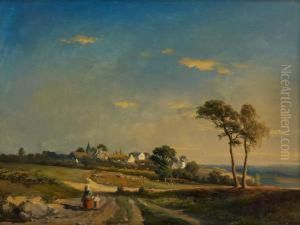
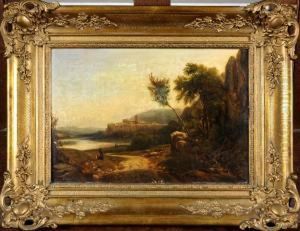
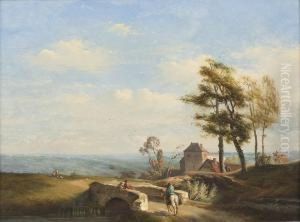
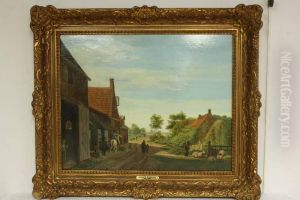
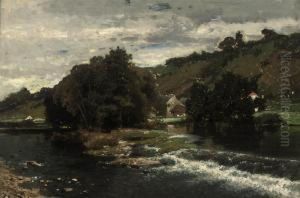
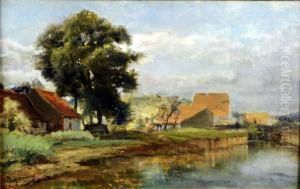
![[sous-bois Avec Ferme]](https://www.niceartgallery.com/imgs/1554996/s/joseph-quinaux-sousbois-avec-ferme-4fdc9d64.jpg)
![[paysage Avec Vaches S'abreuvant]](https://www.niceartgallery.com/imgs/1554997/s/joseph-quinaux-paysage-avec-vaches-sabreuvant-983e1d3c.jpg)
